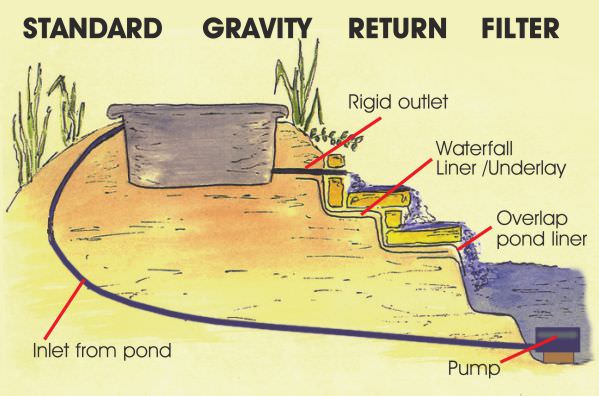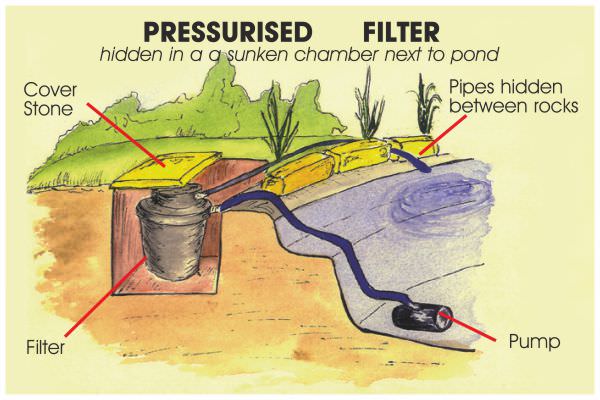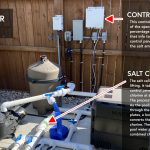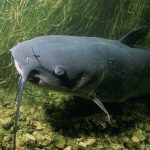Keeping a pond clean and healthy is essential for the well-being of its inhabitants and overall aesthetics. One of the key components of maintaining a pond is proper filtration. In this guide, we will explore the importance of pond filtration and provide you with detailed steps on how to effectively filter a pond to ensure crystal-clear water and a thriving ecosystem.
Why Pond Filtration is Important
Effective pond filtration is crucial for removing debris, waste, and harmful substances from the water. Without proper filtration, ponds can quickly become murky, algae-infested, and inhospitable for fish and plants. A good filtration system helps to maintain water quality, clarity, and oxygen levels, creating a healthy environment for aquatic life to thrive.
Types of Pond Filters
There are several types of pond filters available, each with its own advantages and suitable for different pond sizes and setups. The main types of pond filters include:
| Filter Type | Description |
|---|---|
| 1. Biological Filters | Utilize beneficial bacteria to break down fish waste and organic matter. |
| 2. Mechanical Filters | Trap debris and particulate matter to prevent water from becoming cloudy. |
| 3. UV Filters | Use ultraviolet light to kill algae and harmful bacteria in the water. |

Credit: m.youtube.com
Steps to Filter a Pond
Filtering a pond involves a combination of mechanical and biological filtration to ensure optimal water quality. Follow these steps to effectively filter your pond:
- Choose the Right Filter: Select a filter that is appropriate for the size and type of your pond.
- Install the Filter: Follow the manufacturer’s instructions to install the filter correctly in your pond.
- Position the Filter: Place the filter where it can circulate water effectively and receive adequate flow.
- Connect the Pump: Connect the filter to a reliable pump to ensure proper water circulation.
- Monitor Regularly: Check the filter regularly for debris buildup and clean or replace filter media as needed.
- Maintain Water Levels: Ensure that the water level in your pond is adequate to keep the filter running smoothly.
- Balance the Ecosystem: Incorporate aquatic plants and beneficial bacteria to maintain a balanced ecosystem.
- Test Water Quality: Use water testing kits to monitor key parameters like pH, ammonia, and nitrate levels.
- Adjust Filter Settings: Fine-tune your filter settings based on the specific needs of your pond and its inhabitants.
Tips for Effective Pond Filtration
Here are some additional tips to help you achieve optimal pond filtration:
- Regularly clean filter sponges and media to prevent clogging and ensure maximum filtration efficiency.
- Avoid overfeeding fish to minimize excess waste and maintain water quality.
- Consider adding a skimmer to help remove floating debris and surface contaminants from the water.
- Use a combination of biological, mechanical, and UV filtration for comprehensive water treatment.
- Invest in a quality filter system that is designed to handle the specific needs of your pond.
- Monitor water temperature and adjust filtration accordingly, especially in extreme weather conditions.
- Consult with a pond maintenance professional for expert advice on filtration system selection and maintenance.

Credit: worldofwater.com
In Conclusion
Filtering a pond is a vital aspect of pond maintenance that directly impacts the health and clarity of the water. By choosing the right filter, installing it correctly, and following proper maintenance practices, you can create a clean and thriving pond environment for your aquatic plants and fish. Remember to regularly monitor your pond’s water quality and make adjustments to your filtration system as needed to ensure the long-term health and beauty of your pond.





